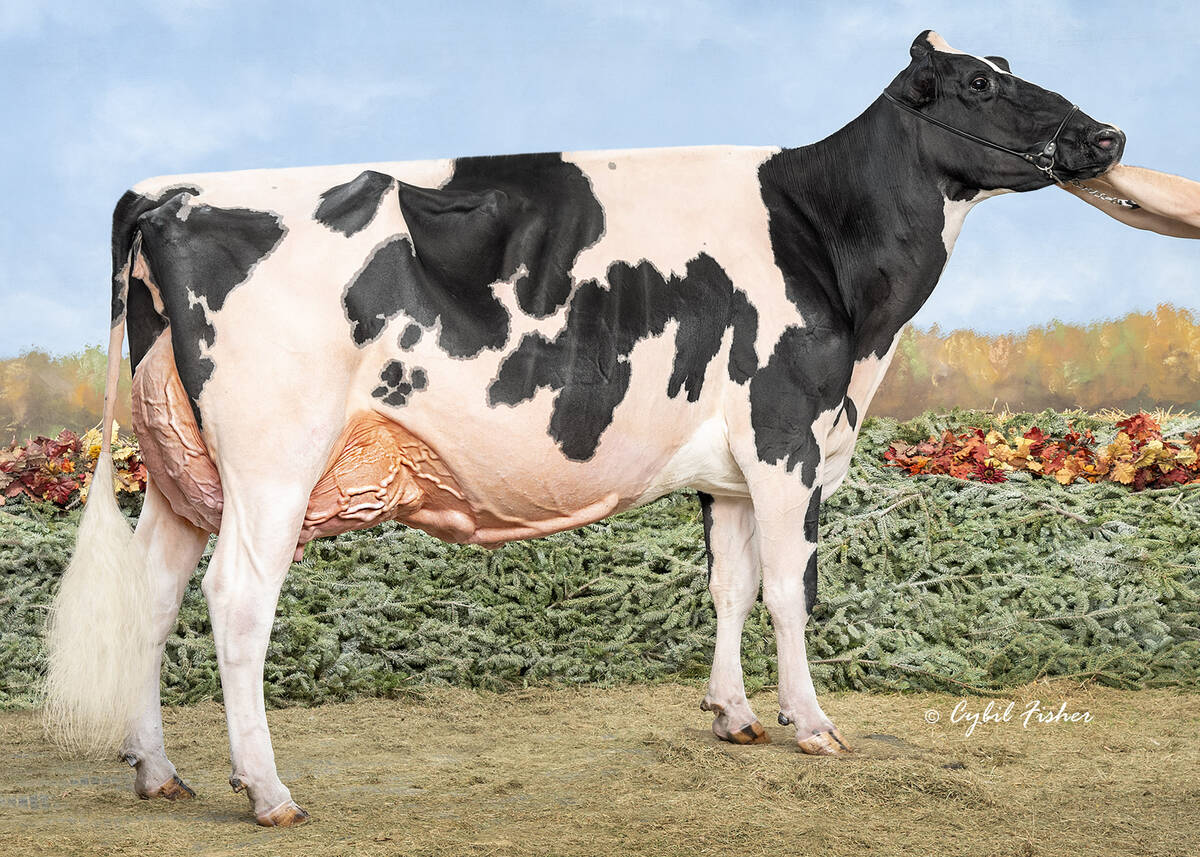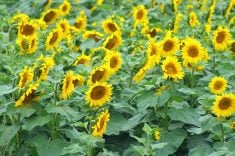Durum prices are firming up as markets come to grips with dismal North American seeding conditions.
The situation is particularly grim in North Dakota, home to about 70 percent of the U.S. durum crop.
Growers in that state had planted 25 percent of the crop as of June 5, well below the average of 94 percent for that time of the year.
Jim Peterson, North Dakota Wheat Commission marketing director, said growers can make up a lot of ground quickly with today’s machinery but a big reduction in intended acres is certain. The crop insurance deadline for the northern counties passed on June 5.
Read Also

Saskatchewan dairy farm breeds international champion
A Saskatchewan bred cow made history at the 2025 World Dairy Expo in Madison, Wisconsin, when she was named grand champion in the five-year-old Holstein class.
Key durum growing areas in the northwest and north-central parts of the state are located in the epicentre of the wetness. Farmers are also choosing to seed canola and lentils ahead of durum, contributing to the crop’s poor progress.
The United States Department of Agriculture estimated that growers in North Dakota intended to seed 1.6 million durum acres.
“Round estimates are that if we get 70 percent of those acres planted we’ll be lucky,” said Peterson.
In April, the commission forecasted 80 to 85 million bushels of U.S. durum production. That is now considered unrealistic since 500,000 acres won’t be seeded in North Dakota and similar conditions exist in Montana, the second biggest durum producing state.
“I’ve seen some private estimates take that number below 70 (million bu.) and maybe down as low as 65 million. Even that might be optimistic,” said Peterson.
With all that brewing, durum has regained its price premium over spring wheat.
As of June 2, old crop durum was fetching a 70 cents per bu. premium at one North Dakota elevator after selling for a 50 cents to $1 per bu. discount all winter.
Peterson said weather will determine where durum prices go from here but all signs point to continued strength.
“As of right now things look quite bullish,” he said.
Conditions generally are better in Canada, where 80 percent of all crops have been seeded compared to a long-term average of 93 percent.
Grant McLean with Saskatchewan Agriculture said seeding is a mixed bag in Canada’s top durum producing province.
There is good progress in an area from Moose Jaw through Swift Current and up to Kindersley, which is prime durum growing country.
But growers in the four crop districts bordering the U.S., where one-quarter to one-third of Saskatchewan’s durum crop is usually planted, face similar conditions as those across the border.
A good portion of the durum that does get seeded in Saskatchewan, North Dakota and Montana faces quality problems due to delayed seeding.
North America’s durum stocks carried over from last year are of poor quality, which means there could be large quality premiums if growers have another year of poor harvesting conditions.
Durum is also more susceptible to fusarium than other wheat, which could be a problem due to the wet conditions.
Other durum regions of the world are also having trouble. In its most recent Pool Return Outlook the Canadian Wheat Board reported that the European crop is getting smaller due to drought in France and there are quality concerns in Algeria and Tunisia due to harvest rains.















